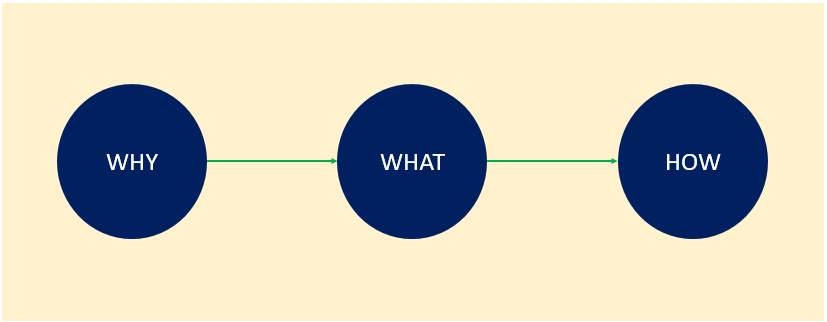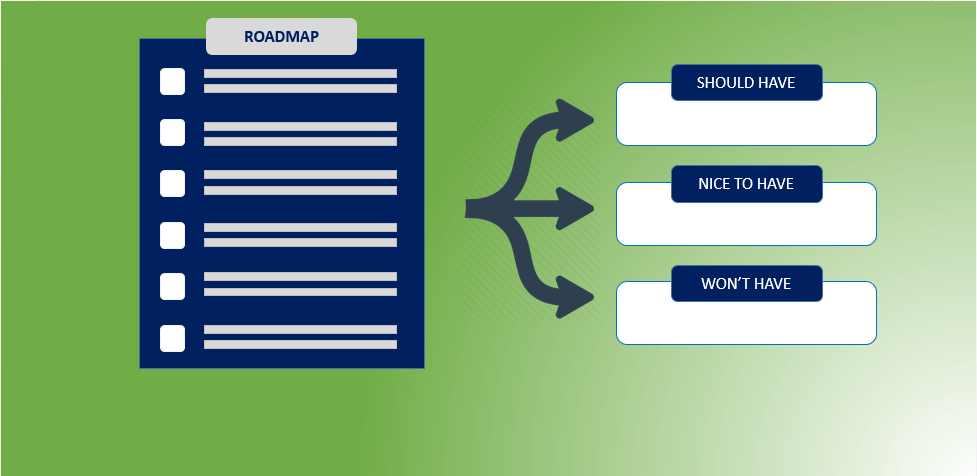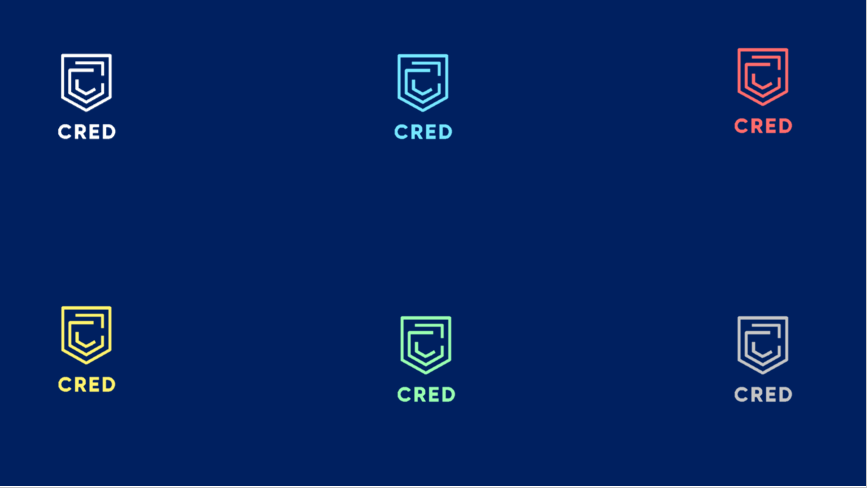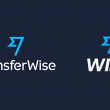The Challenges
The most important aspect of a Product Manager (PM) is balancing out results against various constraints. No PM would have all the resources with limited challenges. If it is, you are in a rare lucky illusionary place. But the fact is you always have too much demand and limited supply of resources. A product manager in whatever setup he is will have to balance out on what he plans to take up as part of new development. The decision in the short run will define your long term accomplishments. The challenge is to pick a select few sets of features which will be shipped to the end customer which will provide maximum ROI. As much as it sounds easy, it is a mammoth challenge to solve. Following are some of the reasons why
- A long list of features in the backlog
- Too many issues/bugs to resolve
- Clarity on whether to target new customers or solve problems of existing customers
- Fight a tough neck to neck competition or stay on your action plan within your territory
- Do those 10 small tasks and claim that you did 10 tasks or do that 1 big feature which will have a huge impact
and many such more challenges.
You would want to solve all the problems under the sky but then there is no magic wand. Hence road-mapping and prioritizing is very critical.
Knowing the WHY
The answer for fundamental best ROI is to fundamentally know what is it that your organization wants to do. Going by the Concept proposed by Simon Sinek’s ‘START WITH WHY’ , concept of introspecting and knowing the ‘why’ part of things. If you are in business (of software), ‘why’ is it. If you want to do something over the next few years – ‘What’ is it and importantly ‘why’ , would you want to select only those features over others. This ‘why’ becomes the reason for which you are in business and will help you sustain an edge over the competition.
Knowing the ‘why’ of things helps you gain clarity and enables you to make better decisions. Knowing why will help you in charting the course of action. The cycle works this way

Once the ‘why’ part is clear, you can easily work on the what is to be achieved. Further, you have the clarity you also know how it is to be achieved. Another advantage of putting the Why ahead is that it will help you envision the future better. Taking those informed decisions is a must.
How To know that WHY
The easiest way to know the WHY of an organization or product is to know its Vision or Goal. The vision may be like of Amazon’s ‘To be earth’s most customer-centric company’. Or similar to that of Apple ‘to bringing the best user experience to its customers through its innovative hardware, software, and services’. This should give clarity on what is expected from the products. Also it will help on how can you align your products to fulfill the vision. In case of an Amazon-like vision, you would want to work on features which will enable say quicker returns or faster delivery.
Once you Know The WHY
Once you know the why of what needs to be done, its now the turn of WHAT that needs to be delivered. The cycle of prioritization should ideally be this way. You will be able to define that top 20% feature from your feature list. This will become your priority set and you can further eliminate basis ROI etc.

Once you have identified the long term roadmap and what you plan to do, it will be easier to prioritize basis the WHY. Say suppose you plan to be the organization which provides the best User experience (UX) for say a ticket booking transaction. Then focus and priority will always be on UX first. You can never compromise on the overall UX. Additionally, your product will be expected to provide the next-gen UX ahead of the curve. Your software may not have some pathbreaking features but your UX is so good, that it makes up for feature gaps. Apple may not have all the features in their iPhone, but the ease of use and the premium feel makes up for all its limitations. Hence know your Why and you would be able to align your plan of action efficiently.
Conclusion
Knowing WHY helps you identify the best of features, delivering what exactly is needed. Eliminating the unwanted is simpler when you know the core requirements.
Also Read – Is Agile a right fit for your Organization?





